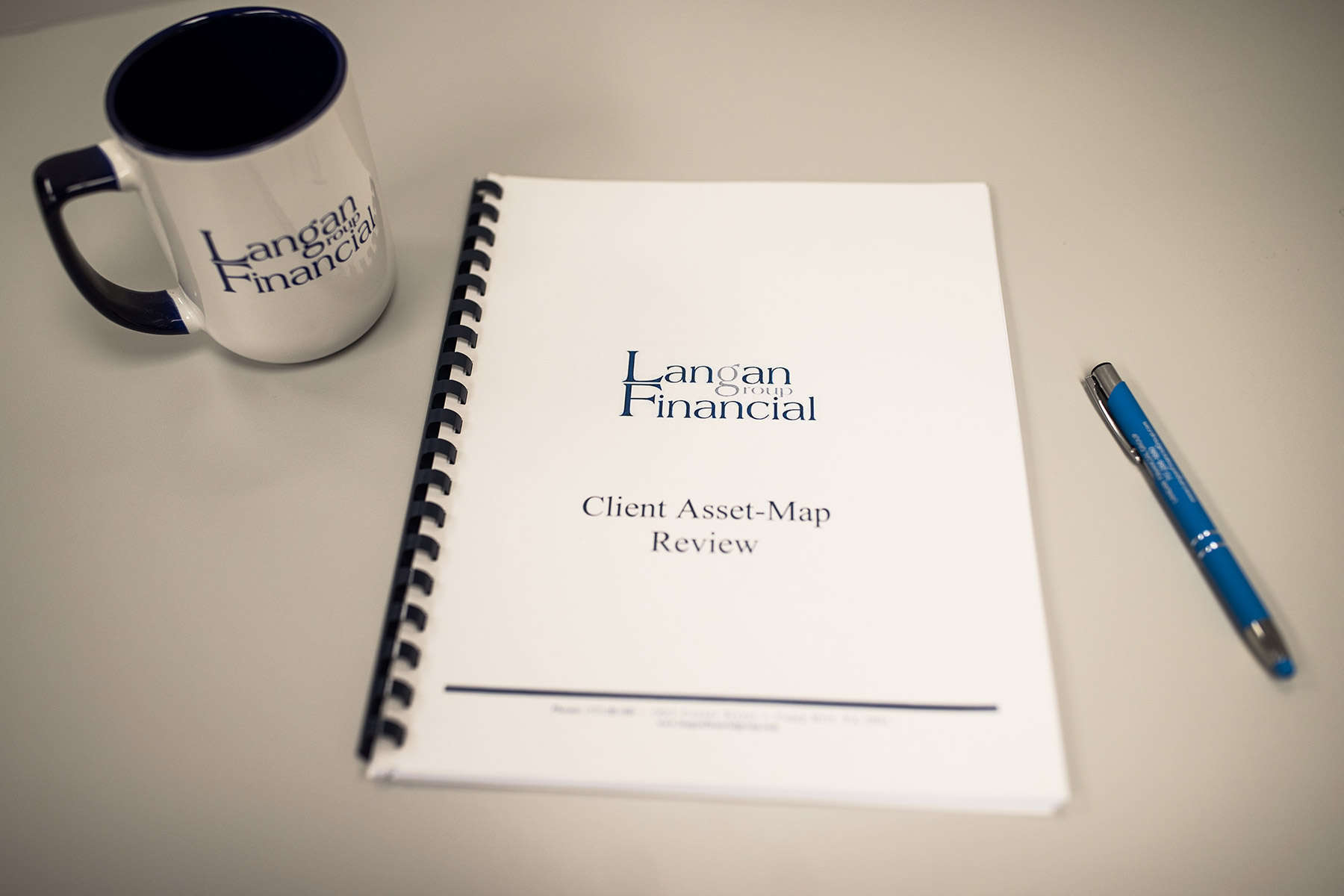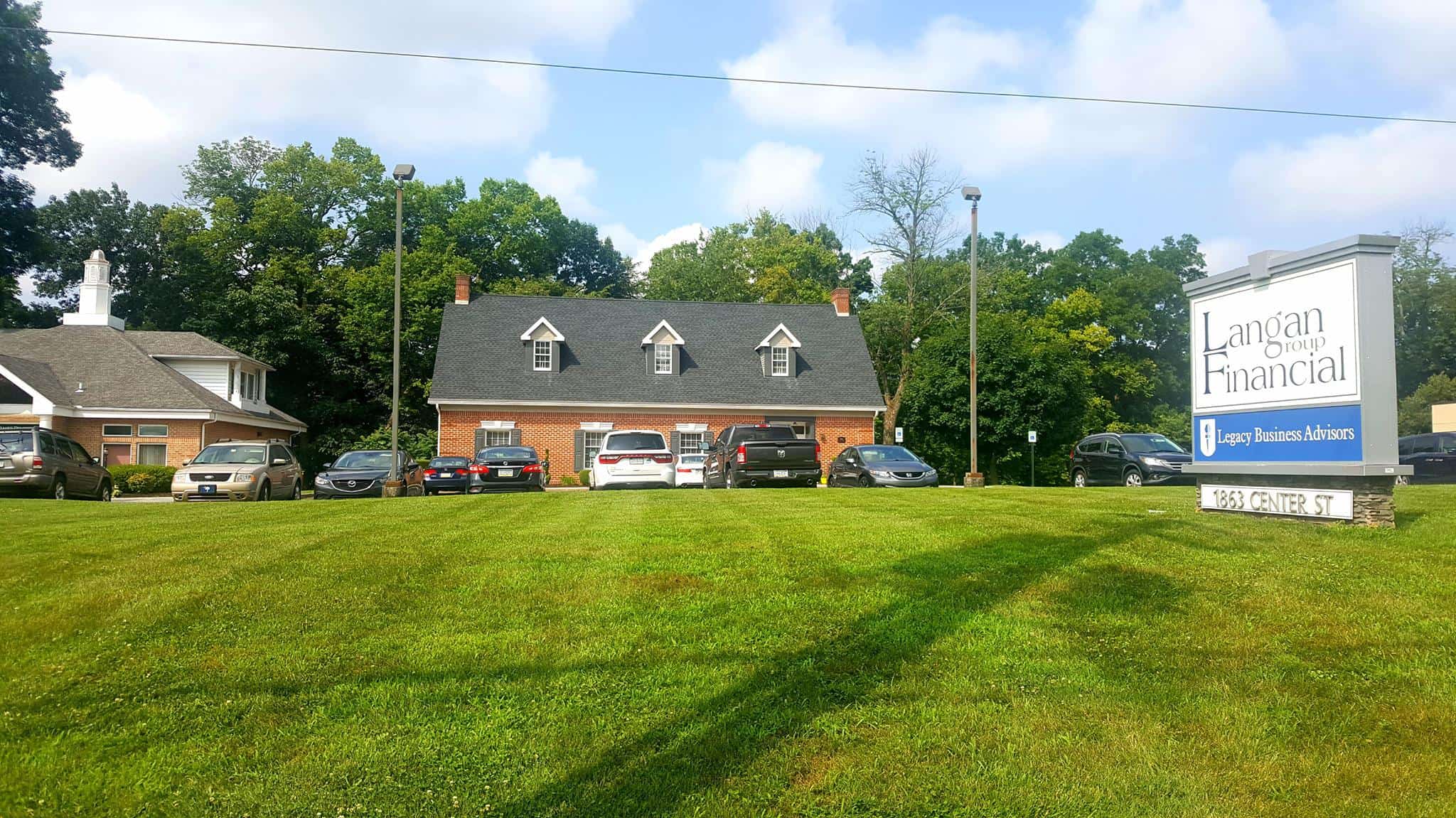Understanding the distinction between stagflation and recession is critical for investors, policymakers, and businesses.
While both signal economic distress, their causes, effects, and policy responses differ dramatically-requiring tailored strategies to mitigate risks.
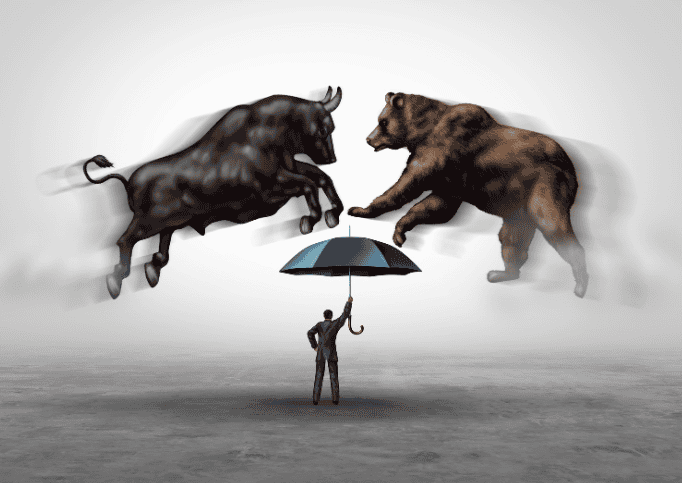
Defining Stagflation and Recession
Stagflation is the economic equivalent of a perfect storm: stagnant growth, soaring unemployment, and persistent inflation collide, creating a policy nightmare.
The most infamous example occurred in the 1970s, when oil price shocks sent inflation above 10% while unemployment reached 9%-a combination once deemed impossible by conventional economic theory.
Recession, by contrast, is a more familiar foe. Defined as two consecutive quarters of negative GDP growth, recessions typically involve falling demand, rising joblessness, and deflationary pressures.
The 2008 financial crisis epitomized this, with GDP contracting 4.3% and unemployment peaking at 10%.
Key Differences at a Glance
| Aspect | Stagflation | Recession |
| Growth | Slow or stagnant | Negative GDP contraction |
| Inflation | High (5%+) | Low or deflationary |
| Unemployment | Persistently high | Rises but lags GDP decline |
| Frequency | Rare (e.g., 1970s, 2020s risks) | Common (14 U.S. recessions since 1929) |
| Duration | Prolonged (years) | Shorter (6–18 months average) |
| Policy Tools | Limited (rate hikes risk jobs) | Stimulus-focused (rate cuts, QE) |
Root Causes and Triggers
Stagflation: When Supply Chains Break
Stagflation often begins with supply shocks-sudden disruptions to critical resources like energy. The 1973 OPEC oil embargo slashed global oil supplies, doubling prices almost overnight. Modern parallels include potential 2025 tariffs on essential imports or climate-related commodity shortages.
Policy missteps exacerbate the crisis. Loose monetary policies during weak growth-like the Federal Reserve’s delayed rate hikes in 2021–2022-can let inflation entrench while stifling recovery.
Recession: Demand Collapses
Recessions typically stem from demand destruction. The 2008 crash saw housing prices plummet, wiping out $7 trillion in household wealth and crushing consumer spending.
Financial crises accelerate downturns. Bank failures (Silicon Valley Bank in 2023) or credit crunches can freeze lending, starving businesses of capital.
Economic Impacts Compared
Stagflation’s Double Blow
- Debt crises: Rising rates make mortgages and business loans unaffordable. In 1980, 30-year mortgage rates hit 18.4%, paralyzing housing markets.
- Wage erosion: Inflation outpaces pay growth. In 2022, U.S. real wages fell 3.4% annually despite low unemployment.
Recession’s Dominos
- Job losses: Unemployment spikes as companies cut costs. The 2008 recession erased 8.7 million U.S. jobs.
- Deflation spiral: Falling prices delay consumer spending. Japan’s 1990s “Lost Decade” saw prices drop 1% annually, stalling growth.
Policy Responses: Two Playbooks
Stagflation Requires Precision
- Supply-side fixes: Deregulate energy production (e.g., expedited permits for oil/gas) and offer tax credits for domestic manufacturing.
- Targeted rate hikes: The Volcker Shock of 1981–1982 raised rates to 20%, crushing inflation but spiking unemployment to 10.8%.
Recession Demands Stimulus
- Monetary easing: The Fed cut rates to 0–0.25% in 2008 and launched $4.5 trillion in quantitative easing.
- Fiscal spending: The 2020 CARES Act injected $2.2 trillion into unemployment benefits and small-business loans.
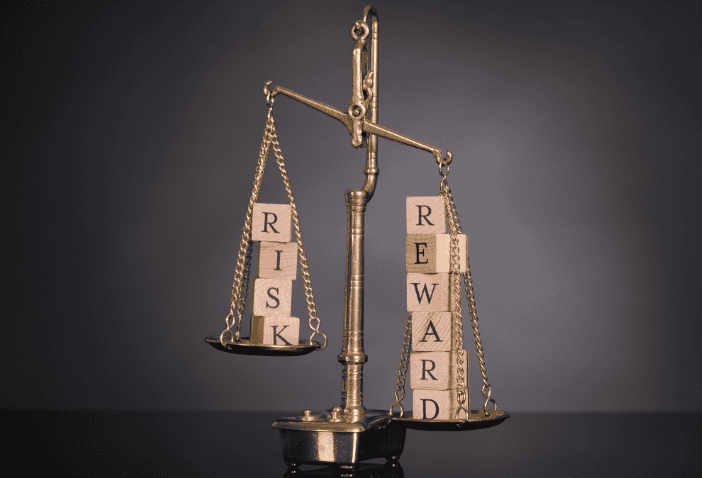
Investor Strategies for Each Scenario
Stagflation Playbook
- Commodities: Gold prices rose 2,300% during 1970s stagflation.
- Defensive stocks: Utilities (e.g., NextEra Energy) and healthcare (e.g., UnitedHealth) outperform in inflationary periods.
Recession Resilience
- Quality bonds: 10-year Treasury yields fell from 4% to 2% during 2008’s crisis.
- Dividend aristocrats: Procter & Gamble raised dividends for 67 consecutive years, even during downturns.
Current Risks in the 2020s
Stagflation Threats
- Geopolitical shocks: New 2025 tariffs on Chinese imports could spike consumer prices.
- Labor rigidities: Post-pandemic worker shortages (e.g., 9.6M U.S. job openings in 2023) risk wage-price spirals.
Recession Triggers
- Interest rates: The Fed’s 5.25–5.5% rate range strains borrowers.
- Commercial real estate: $1.5 trillion in loans mature by 2025 amid falling office demand.
Why Stagflation Is the Greater Threat
While recessions are a familiar part of the economic cycle and can often be addressed with aggressive monetary and fiscal stimulus, stagflation presents a much more complex challenge.
The combination of high inflation, stagnant growth, and rising unemployment means that the usual policy tools for fighting one problem often worsen the others, leaving policymakers with limited and difficult choices.
For investors, during a recession, strategies typically focus on capital preservation, high-quality bonds, and defensive stocks that can weather economic downturns.
In contrast, stagflation calls for a different playbook-one that emphasizes inflation hedges like commodities, real assets, and sectors that can maintain pricing power even as growth slows. Flexibility and diversification are crucial, as is a willingness to adjust portfolios in response to shifting risks.
In the current environment, with the U.S. facing persistent inflation, rising interest rates, and new global supply shocks, both stagflation and recession remain real possibilities.
Policymakers must carefully balance efforts to control inflation with the need to support economic growth, all while navigating the unique challenges posed by high public debt and global uncertainty.
bout the Financial Planning Author

Alexander Langan, J.D, CFBS, serves as the Chief Investment Officer at Langan Financial Group. In this role, he manages investment portfolios, acts as a fiduciary for group retirement plans, and consults with clients regarding their financial goals, risk tolerance, and asset allocation.
With a focus on ERISA Law, Alex graduated cum laude from Widener Commonwealth Law School. He then clerked for the Supreme Court of Pennsylvania and worked in the Legal Office of the Pennsylvania Office of the Budget, where he assisted in directing and advising policy determinations on state and federal tax, administrative law, and contractual issues.
Alex is also passionate about giving back to the community, and has participated in The Foundation of Enhancing Communities’ Emerging Philanthropist Program, volunteers at his church, and serves as a board member of Samara: The Center of Individual & Family Growth. Outside of work and volunteering, Alex enjoys his time with his wife Sarah, and their three children, Rory, Patrick, and Ava.
About Langan Financial Group: Financial Advisors
Langan Financial Group is an award-winning financial planning firm with offices in York, Pennsylvania and Harrisburg, Pa.
With over 100+ 5-star reviews, Langan Financial Group is an independent financial planning firm established in 1985, offering a broad range of financial planning services.
With an open architecture platform, our advisors have access to a diverse range of products, free from any sales quotas.
Our team of 9 financial experts, each with unique specialties, enhances our ability to focus on delivering value to our clients.
Disclosure
The content is developed from sources believed to be providing accurate information. The information in this material is not intended as tax or legal advice.
Please consult legal or tax professionals for specific information regarding your individual situation.
The opinions expressed and material provided are for general information, and should not be considered a solicitation for the purchase or sale of any security.
Securities offered through Cambridge Investment Research, Inc., a Broker/Dealer, Member FINRA/SIPC.
Investment Advisor Representative, Cambridge Investment Research Advisors, Inc. a Registered Investment Advisor. Cambridge and Langan Financial Group, LLC are not affiliated.
Cambridge does not offer tax or legal advice.
